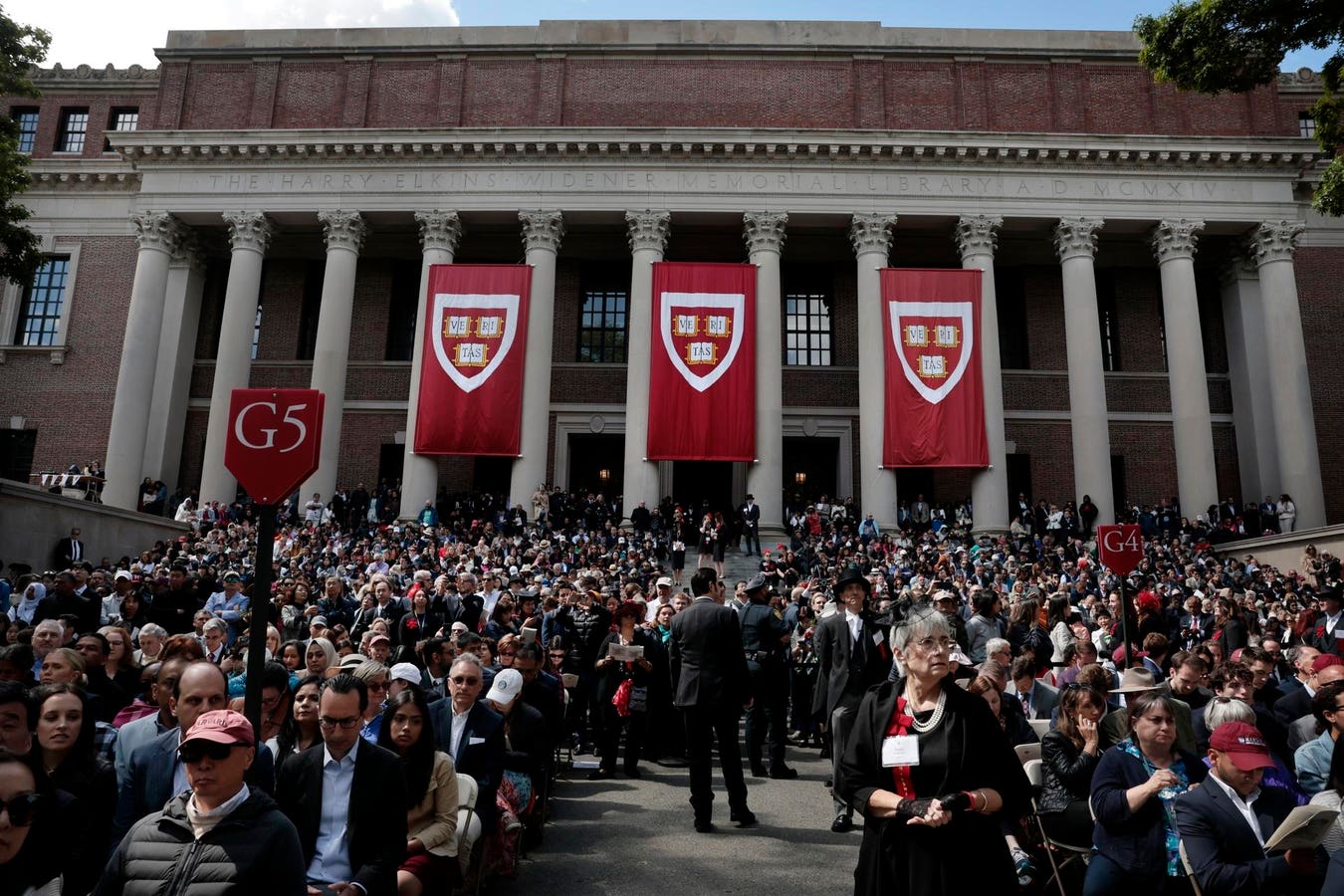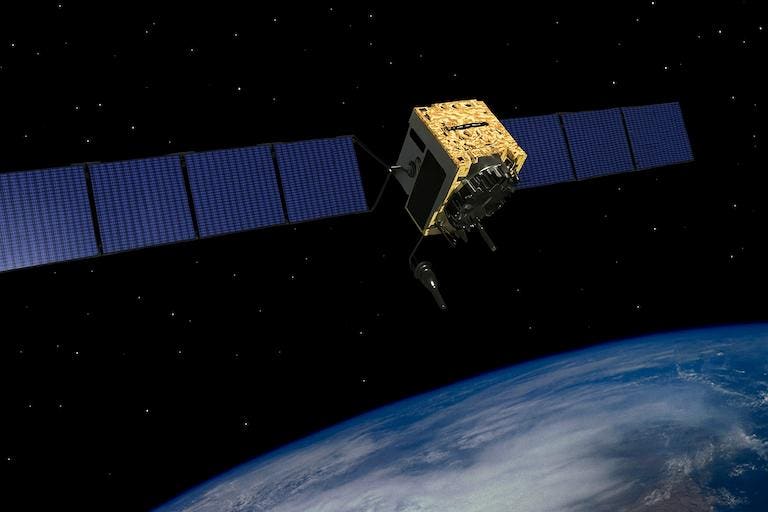Mixed colorful aurora borealis dancing in the sky
Standing before the vast night sky or witnessing a stunning piece of art, humans have long experienced awe — that grand emotion characterized by vastness and a need for accommodation. This complex psychological state, which researchers have shown to reduce stress, expand our sense of time, and foster connection with others, sits at the intersection of wonder and humility. But as artificial intelligence becomes increasingly sophisticated and ubiquitous, we face an intriguing question: How will AI reshape our capacity for awe?
The stakes of this inquiry extend far beyond philosophical curiosity. Considering the wide range of benefits related to awe for the individual and the communities they belong to, it is a question with real world interest. From health and wellbeing to generosity, kindness and critical thinking the experience of awe can make us better and happier humans. Hence understanding if and how AI might influence this fundamental human experience becomes essential as we navigate an increasingly algorithmic world.
An Architecture Of Wonder
To grasp AI’s potential impact on awe, we must first understand what makes this emotion so distinctive. Awe emerges from encounters with vastness — whether physical, conceptual, or moral — that challenge our existing mental frameworks. The towering redwood that dwarfs our sense of scale, the mathematical proof that reveals hidden patterns in chaos, or the act of selfless courage that redefines our understanding of human nature all trigger this response.
Dacher Keltner and Jonathan Haidt identified two core components of awe: perceived vastness and a need for accommodation — the mental adjustment required when encountering something that doesn’t fit our existing schemas. Building on this framework, studies have revealed awe’s remarkable effects. Research across five studies with over 2,000 participants found that awe can result in a diminishment of the individual self and its concerns, and increase prosocial behavior. Other research demonstrates that awe serves as a pathway to both mental and physical health, with benefits ranging from reduced inflammation to enhanced immune function.
This emotional architecture evolved in environments where vastness was primarily physical or social. Our ancestors felt awe gazing at mountain ranges, contemplating the stars, or witnessing extraordinary human achievements. But AI introduces an entirely new category of vastness: computational and creative capabilities that can exceed human performance across increasingly broad domains.
The neuroscience of awe reveals why this is so significant. Brain imaging studies show that awe experiences involve reduced default mode network activity — the brain network associated with self-referential thinking and rumination. This neurological shift helps explain why awe makes us feel connected to something larger than ourselves and why it can be so therapeutic for conditions like depression and anxiety.
The Promise: AI As Awe Amplifier
AI’s potential to enhance human awe is profound and multifaceted. Consider how machine learning algorithms are already revealing hidden patterns in vast datasets, uncovering connections that would have remained invisible to human researchers for decades. The James Webb Space Telescope, guided by AI systems, delivers images of cosmic phenomena so spectacular that they routinely go viral, triggering collective experiences of awe across social media platforms.
Paul Piff and his colleagues demonstrated that awe can result in a diminishment of the individual self and its concerns, and increase prosocial behavior. This finding suggests that AI-facilitated awe experiences could have broader social benefits, potentially making us more generous, cooperative, and connected to others.
In creative domains, AI is generating art, music, and literature that challenges our assumptions about human uniqueness while simultaneously expanding the boundaries of aesthetic experience. When an AI system composes a piece of music that moves us to tears or creates visual art that stops us in our tracks, it doesn’t diminish the awe — it redirects it. We find ourselves marveling not just at the creation, but at the vast computational processes that made it possible.
Educational applications present perhaps the most promising avenue for AI-enhanced awe. Personalized learning systems can tailor complex scientific concepts to individual learners, making the vastness of quantum mechanics or the intricacies of protein folding more accessible and, consequently, more awe-inspiring. Virtual and augmented reality powered by AI can transport us to the surface of Mars or inside a living cell, creating experiences of vastness previously impossible.
The democratization aspect cannot be overlooked. AI tools are making sophisticated analysis and creation accessible to millions who previously lacked the technical expertise or resources. A teenager with a smartphone can now engage with astronomical data, create complex visualizations, or compose symphonies — all potential triggers for profound awe experiences.
The Peril: When Wonder Becomes Routine
Yet this technological amplification of awe comes with significant risks. The most immediate concern is habituation — the psychological tendency for repeated exposure to diminish emotional response. When AI can generate a breathtaking landscape image in seconds, when virtual reality can transport us to any conceivable environment, when algorithms can compose music tailored precisely to our emotional preferences, do we risk making the extraordinary ordinary?
This concern extends beyond simple desensitization. There’s a deeper question about the authenticity of AI-mediated awe experiences. When we feel wonder at an AI-generated sunset, are we responding to the image itself or to our projection of natural beauty onto an artificial creation? This distinction matters because traditional awe experiences often involve a sense of connection to something greater than ourselves — a connection that might be attenuated when we know the source is algorithmic rather than natural or human.
The efficiency of AI systems poses another subtle threat. Awe often emerges from struggle — the effort required to understand a complex concept, the journey to reach a spectacular vista, or the years of practice needed to appreciate artistic mastery. When AI removes this effort, providing instant access to information and experiences, it might inadvertently undermine the conditions that make awe possible.
Perhaps most concerning is the potential for AI to create what we might call “synthetic awe” — carefully engineered experiences designed to trigger the physiological and psychological markers of wonder without the underlying vastness that gives authentic awe its transformative power. Social media algorithms already exploit our psychological vulnerabilities to capture attention; it’s not difficult to imagine similar techniques being applied to manufacture awe experiences for commercial or manipulative purposes. We might get numb to natural awe. Looking for ever more exciting, “awesome” experiences we will be always hungry, never satiated.
The Paradox Of Artificial Vastness
At the heart of this discussion lies a fundamental paradox. AI systems themselves represent a new form of vastness — their computational capabilities, the scope of their training data, and their emergent behaviors all exceed human comprehension in meaningful ways. Yet they are also, ultimately, human creations. This dual nature creates a unique category of awe experience that our evolutionary psychology wasn’t designed to process.
When we feel wonder at an AI system’s capabilities, we’re simultaneously marveling at human ingenuity and confronting something that transcends individual human understanding. This creates a feedback loop where AI becomes both the object of awe and the mediator of other awe experiences — a role that could fundamentally reshape how we relate to wonder itself.
Wandering In A World Of Wonder
The relationship between AI and human awe need not be zero-sum. The key lies in thoughtful integration rather than wholesale replacement or rejection. We might preserve space for unmediated awe experiences — moments in nature, human achievements, or contemplative practices that remain free from algorithmic intervention. Simultaneously, we can embrace AI’s capacity to reveal new forms of vastness and beauty that genuinely expand human experience.
The future of human awe in an AI-dominated world will likely depend on our personal and collective choices about how we integrate these technologies into our lives. If we remain mindful of awe’s psychological importance and actively cultivate experiences that preserve its transformative power — whether through AI assistance or in its absence — we might find that artificial experience extensions do not cause the death of wonder, but become amplifiers. The vast computational processes that power modern AI might themselves become new sources of authentic awe, expanding rather than contracting the boundaries of human experience.
In this light, the question becomes not whether AI will affect our capacity for awe, but whether we’ll have the wisdom to shape that influence toward human flourishing. The wonder machine is here — what matters now is how we choose to use it.
Cultivating Awe Amid AI
As we navigate this new landscape, three practical principles can help preserve and enhance our capacity for wonder in an AI-infused environment:
Aspire to meaning. Rather than consuming AI-generated content passively, actively seek experiences that connect to larger purposes and values. Use AI tools to explore questions that matter deeply to you — whether understanding climate change, creating art that expresses your inner world, or connecting with others across cultural divides. The key is intentionality: let meaning guide your engagement with AI rather than letting algorithmic suggestions dictate your experiences.
Wonder daily. Deliberately cultivate moments of awe in your routine, both with and without AI assistance. This might mean taking time each morning to appreciate the complexity of weather patterns (perhaps enhanced by AI-generated visualizations), or simply pausing to feel gratitude for the vast networks of human cooperation that deliver your morning coffee. The practice of daily wonder builds resilience against habituation and keeps your capacity for awe well-exercised.
Explore new territory. Regularly venture beyond your algorithmic comfort zone. If AI systems tend to reinforce your existing preferences, make conscious choices to encounter ideas, perspectives, and experiences that challenge your assumptions. This might mean using AI to translate poetry from unfamiliar cultures, diving into scientific fields outside your expertise, or engaging with philosophical questions that stretch your thinking. True awe often emerges at the edges of our understanding.
By embracing these principles — aspiring to meaning, wondering daily, and exploring new territory — we can ensure that artificial intelligence becomes a tool for expanding rather than diminishing our capacity for the profound emotion that connects us to something greater than ourselves. In doing so, we honor both our technological achievements and our deepest human nature.








